Greenhouse effect
The consequences of the greenhouse effect: from desertification to floods
Human action is causing an increase in global temperature. For that reason, the greenhouse effect, far from being our great ally as was the case in the past, is now a risk to our survival. The flooding of coastal cities, the desertification of fertile areas, the melting of glacial masses and the proliferation of devastating hurricanes are just some of the main consequences.
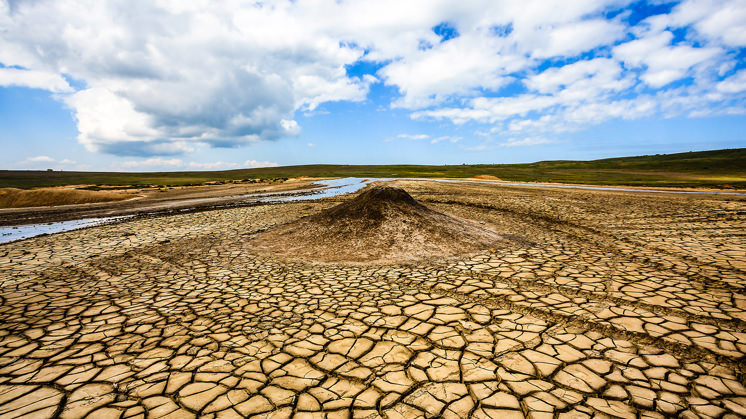
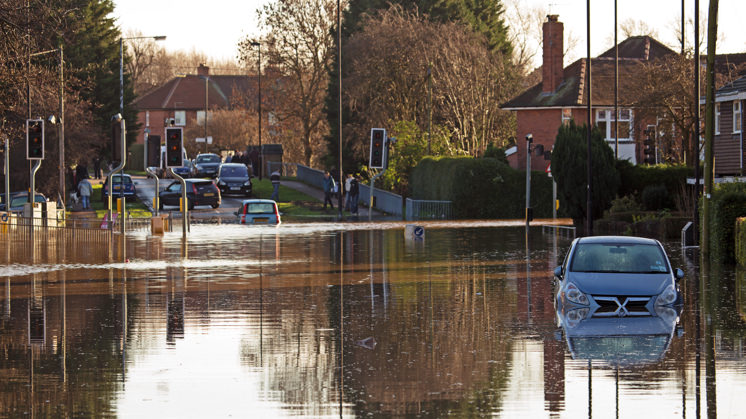
Fighting the consequences of the greenhouse effect
Would you like someone to tell you about it? Listen to this article. For those who want to change the world.
What is the greenhouse effect
The greenhouse effect is a natural phenomenon and is beneficial for us. Certain gases in the atmosphere retain part of the thermal radiation emitted by the Earth's surface after being heated by the sun, this maintains the planet's temperature at a level suitable for the development of life. Human action — through activities such as industry, intensive agriculture and livestock farming, or transport —, however, has increased the presence of these gases in the atmosphere — mainly, carbon dioxide and methane as a result of the burning of fossil fuels such as coal, oil or gas —, causing them to retain more heat and to increase the temperature on the planet. This is what we know as global warming.
How the greenhouse effect is produced
How the greenhouse effect is produced
Numerous gases that are part of the atmosphere absorb the Earth’s infra-red radiation, producing an increase in the temperature of the surface of our planet and the atmospheric layer that surrounds it
Layer of greenhouse gases
- Carbon dioxide
- Water vapour
- Nitrous oxide
- Methane
- Sulphur hexafluoride
- Chloro-fluorocarbons
- Hydro-chlorouorocarbons
- Hydro-fluorocarbons
- Solar radiation
- Radiation escaping into space
- Irradiated heat into surface
Evolution of CO₂ (Gt)
CO₂ is the gas that contributes the most to the greenhouse effect. We present the history of emissions in the world during the last decade.


 SEE INFOGRAPHIC: Do you know how the greenhouse effect is produced? [PDF] External link, opens in new window.
SEE INFOGRAPHIC: Do you know how the greenhouse effect is produced? [PDF] External link, opens in new window.
Consequences of the greenhouse effect
The increase in the average temperature on Earth is changing living conditions on the planet. Let's find out about the main consequences of this phenomenon:
- Thawing of glacial masses
Glaciers retreat also has its own consequences: reduced albedo — the percentage of solar radiation that the earth's surface reflects or returns to the atmosphere —, a global rise in sea level and the release of large methane columns are only some of them, however, they are all dramatic for the planet. -
Flooding of islands and coastal cities
According to Intergovernmental Panel on Climate Change (IPCC, 2014), during the period 1901-2010 the global average sea level rose 19 centimetres. It is estimated that by 2100 the sea level will be between 15 and 90 centimetres higher than it is now and will threaten 92 million people. This is reflected in NASA reports indicating that in the last year, the average global sea level rose by 0.27 centimetres. - Hurricanes will be more devastating
The intensification of the greenhouse effect does not cause these extreme climatic events, but it does increase there intensity. Hurricanes formation are connected with sea temperature — they only form over waters that have a temperature of at least 26.51 ºC —. In 2022, the Mediterranean in Spain reached 31 degrees Celsius, with 95 % of the days being warmer than usual. - Migration of species
Many animal species will be forced to migrate in order to survive the changes in the main climatic patterns altered by the progressive increase in temperatures. The lastest studies in Canada have confirmed that 66% of the migratory birds have arrived before the first one started and flew later than usual; this is due to the increasingly shorter winters. Human beings will also have to move: according to the World Bank, by 2050 the number of people forced to flee their homes due to extreme droughts or violent floods could reach 140 million. - Desertification of fertile areas
Global warming is having a profound impact on the processes of soil degradation and is contributing to the desertification of areas on the planet, a phenomenon that destroys all the biological potential of affected regions, turning them into barren and unproductive land. As recognised by the UN on the occasion of the World Day to Combat Desertification in 2018, 30% of land has been degraded and lost its real value. -
In recent years, almost 12 million hectares
 Enlace externo, se abre en ventana nueva. have been lost annually, 40% of degraded lands are also in vulnerable areas, which is leading to serious problems for the food security of almost 3 billion people, according to the UN.
Enlace externo, se abre en ventana nueva. have been lost annually, 40% of degraded lands are also in vulnerable areas, which is leading to serious problems for the food security of almost 3 billion people, according to the UN. - Impact on agriculture and livestock
Global warming has already altered the length of the growing season in large parts of the planet. Similarly, changes in temperatures and seasons are influencing the proliferation of insects, invasive weeds and diseases that can affect crops. The same is happening with livestock: climatic changes are directly affecting important species in multiple ways: reproduction, metabolism, diseases, etc.
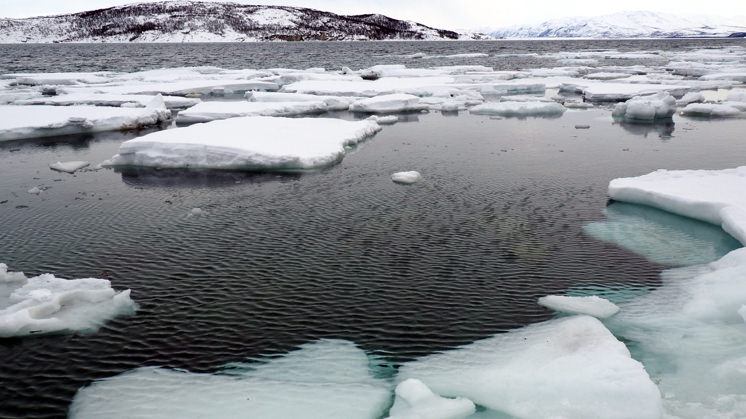



Consequences of the greenhouse effect on human health
The greenhouse effect is also directly affecting human health through:
- Food shortages
The United Nation's Food and Agriculture Organization (FAO) states that climate change is raising serious doubts about food availability: in its last biennial report on the state of world food and agriculture, it warns that a decline in agricultural production would result in food shortages, most severely affecting sub-Saharan Africa and South Asia. - The spread of diseases and pandemics
In addition to the problems derived directly from pollution, the World Health Organization (WHO) states that global warming will cause infectious diseases such as malaria, cholera or dengue to spread to many more areas of the planet, which is closely related to the need for people to emigrate due to economic problems.On the other hand, extreme heat will increase and aggravate cardiovascular and respiratory problems. In Spain, studies indicate that there have already been cases of Dengue and Zika by native species, although always of a mild nature. If temperatures continue to rise, there is a possibility that one of the most dreaded diseases of the African continent, the same one that has been eradicated in Spain since 1964, may return.
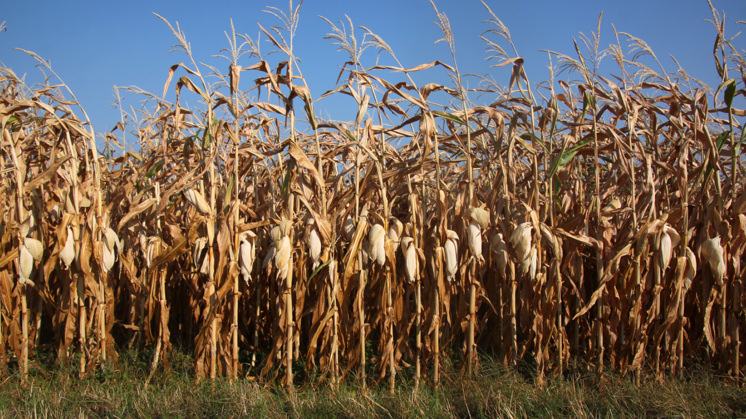

How to solve the consequences of the greenhouse effect
Reducing emissions of the so-called greenhouse gases, such as CO2 or CH4 is not the only solution to curb the greenhouse effect. International organisations also agree on the following recommendations:
- Use renewable energy. They are driving our progress in preserving the environment and alleviating the crisis of exhaustible energy sources, such as gas and oil.
- Use public transport and other non-polluting means, such as electric vehicles or bicycles.
- Promote ecological awareness among citizens and different administrations.
- Commit to recycling and the circular economy.
- Reduce the consumption of meat and the food waste.
- Consume organic products.
Climate action is synonymous with any policy, measure or programme that works to reduce greenhouse gases, builds resilience to climate change or supports and finances those objectives. The Paris Agreement (2015) was the first major international agreement towards those ends. At COP21, when it was signed, 174 countries and the European Union agreed to work with the goal of keeping global warming below 2°C.
Within its climate action, the Iberdrola group is committed to becoming carbon neutral by 2030 in Europe, it has also committed to reducing its global CO2 emissions intensity to 50g/kWh — which would be 70g/kWh by the end of 2025 — until it becomes carbon neutral globally by 2050. The company has also set a target to reduce absolute Scope 1, 2 and 3 greenhouse gas (GHG) emissions, which has been approved by the Science Based Target initiative.

Greenhouse gases
Emissions, their sources and their atmospheric impact.

Carbon footprint
Why is reducing it so important to combating climate change?

Carbon sinks
A breath of natural oxygen.
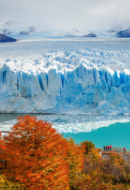
Melting glaciers
The great guardians of the stability of the planet's climate.




